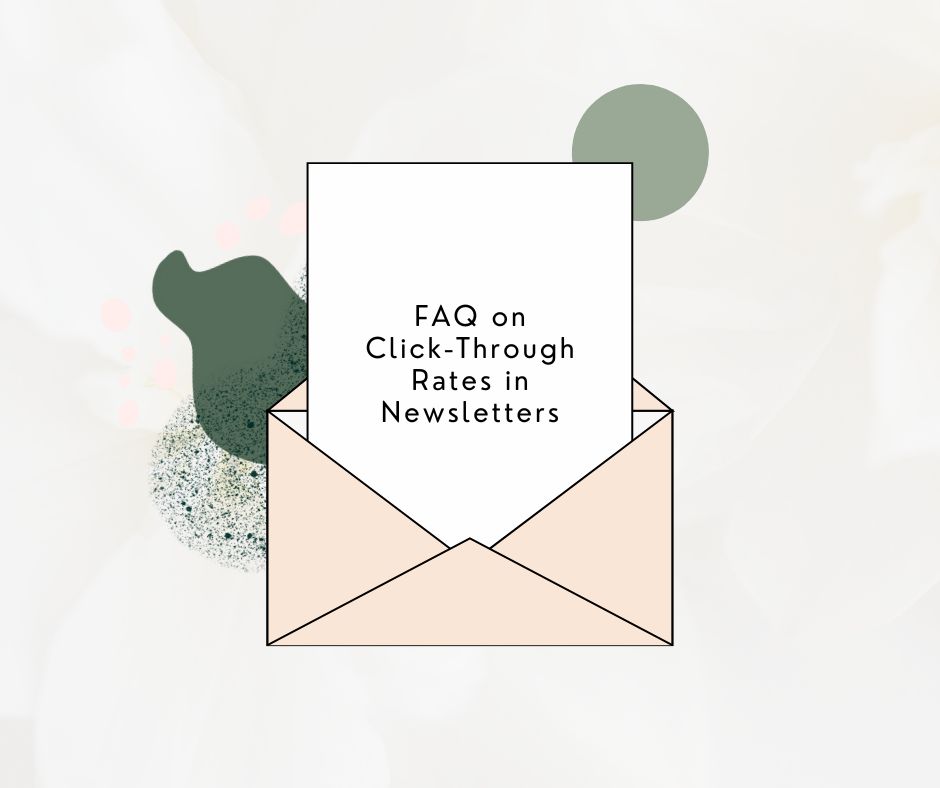
Q1: What is ‘Click-through rate’ (CTR) in terms of newsletters?
A1: Click-through rate (CTR) is an essential email marketing metric that denotes the percentage of recipients who clicked on one or more links within your email or newsletter. It’s a key measure of your newsletter’s effectiveness and the content’s relevance to your audience.
Q2: What does a high CTR indicate?
A2: Generally, a higher CTR indicates that your newsletter is more engaging. However, it’s important to focus on relevance as well. Tailored content based on buyer personas leads to better resonance with your audience and hence, higher engagement rates.
Q3: What is the average click-through rate for a newsletter?
A3: The average CTR for a newsletter depends on several factors including the industry, content quality, target audience, and the efficacy of the email marketing strategy. Generally, the CTR for a newsletter lies between 2% to 5%. But this is merely a benchmark and can vary widely. Influential factors include the subject line, content relevance, layout, and newsletter design. To improve CTRs, businesses should continually optimize their newsletters through experimentation and monitoring analytics.
Q4: How can click-through rates for a newsletter be tracked?
A4: Tracking click-through rates is vital for understanding the engagement and effectiveness of your email campaign. Steps for tracking CTRs include:
- Utilizing an Email Service Provider (ESP) with robust tracking features.
- Creating unique tracking links for each link in your newsletter with your ESP.
- Enabling click tracking in your ESP settings.
- Analyzing email reports, focusing on CTRs.
- Segmenting your audience based on engagement.
- Using UTM parameters in your tracking links for detailed insights.
- Leveraging Google Analytics to track CTRs.
- Monitoring subscriber behavior post-click to understand engagement.
- Continuously testing and optimizing different elements of your newsletter.
By regularly tracking, analyzing, and optimizing, you can significantly improve your newsletter’s performance.


Comments are closed